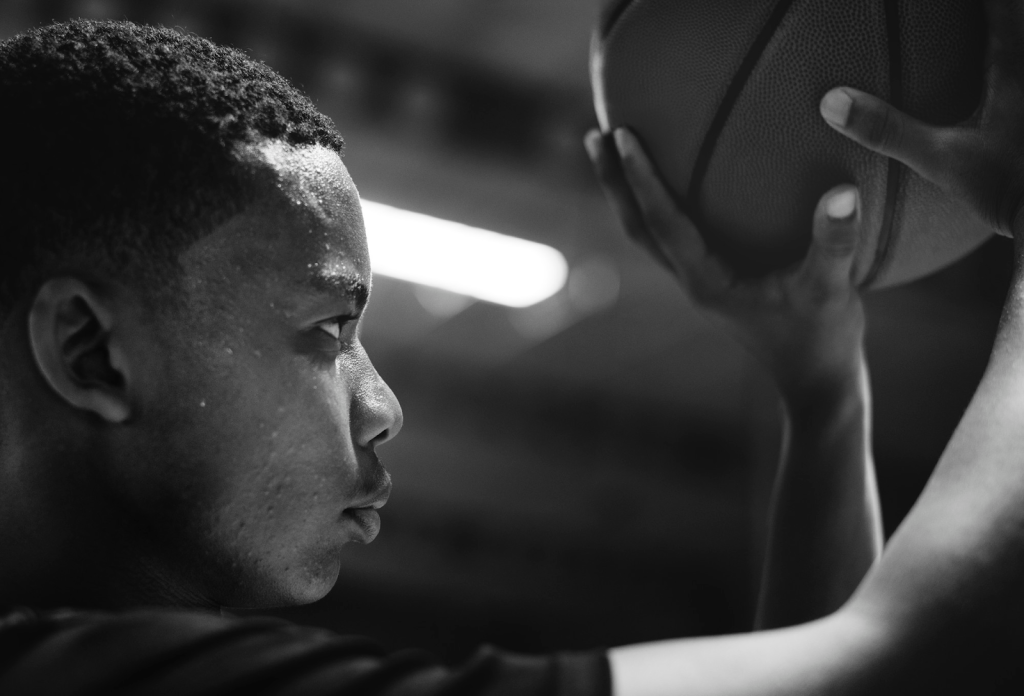
If you’ve ever watched a tight basketball game – the kind where the crowd is buzzing and every possession feels like it carries the weight of the entire season – you’ve probably noticed something strange. The moment everything gets loud and frantic, the best players somehow look calmer. Their footwork gets cleaner. Their decisions get sharper. The chaos around them seems to slow down. And oddly enough, while you scroll through articles trying to understand this skill, you might stumble onto a completely unrelated phrase like fan tan game, a reminder of how cluttered modern browsing feels compared to the clarity great players find in those pressured moments.
That contrast – noise vs. clarity – is exactly what situational awareness is about. It’s not magic. It’s not luck. It’s a trained ability to process information quickly, ignore distractions, and make the right read when everything else feels overwhelming.
Why situational awareness matters more than ever
The modern game moves at a blistering pace. Players switch, rotate, tag, help, recover, and chase shooters around screens faster than ever. Offenses use layers of misdirection. Defenses anticipate every action. Amid all of that, the only way for a player to consistently make the right play is to learn how to “zoom out” mentally, even when the physical game is speeding up.
The calmness fans admire is not a personality trait – it’s a skill built day after day, rep after rep.
How players actually train to slow down chaotic moments
Here are the core ways players train situational awareness:
1. Pressure-based decision drills
Players are forced to make quick choices under constraints – limited dribbles, shrinking shot clocks, or defenders coming from unpredictable angles. These drills teach them to scan faster, read earlier, and choose smarter.
2. Vision and scanning habits
Some workouts focus on keeping the head up, checking both corners, and learning to identify defenders by peripheral cues rather than direct focus. A guard may be told to call out where every defender is while dribbling. A big might practice feeling help defenders without turning their head.
3. Controlled chaos scrimmages
Teams run 4-on-5 or 5-on-4 scenarios, simulate broken plays, or purposely create messy possessions where no option is perfect. The goal is to teach players to stay organized while everything else feels disorganized.
4. Rhythm and pacing training
Players work on tempo – slowing down their steps, hesitating, pausing during drives – because controlling their own speed helps them control the defender’s. When an athlete feels in control of their rhythm, chaotic moments feel less intimidating.
5. Film sessions that build pattern recognition
The more patterns a player has stored in their mind – defensive rotations, help schemes, switching tendencies – the faster they can react in live play. Film slows the game down mentally before players attempt it physically.
A simple breakdown of situational-awareness tools
| Training Focus | What It Builds | Why It Matters |
| Pressure drills | Faster recognition | Helps avoid rushed decisions |
| Vision habits | Wider scanning range | Prevents blind-side turnovers |
| Controlled chaos | Emotional calm | Teaches players to stay composed |
| Tempo work | Pacing control | Lets players dictate movement |
| Film study | Pattern memory | Turns reactions into instincts |
The emotional side: calm is a trained response
Fans sometimes assume that calm players are just naturally composed. But ask anyone in the league, and they’ll tell you the truth: calmness is trained. Players learn to control their breathing, manage stress, and stay present.
This emotional steadiness shows up in:
- late-game playmaking
- reading traps without panicking
- staying patient when help defenders crowd the lane
- trusting teammates and not forcing shots
Why situational awareness is becoming a defining skill
As the NBA evolves, physical gifts matter – but they’re no longer enough. Today’s defenders are too fast. Today’s schemes are too advanced. Today’s spacing creates too many variables to track.
Situational awareness fills the gap. It allows a player to:
- make sense of unpredictable rotations
- recognize traps before they arrive
- create advantages out of nothing
- find open teammates without searching
- adjust pace to disrupt defenders
And the players who master it tend to make better long-term decisions, avoid mistakes, and stay effective even as their athleticism naturally changes with age.
Where the skill is heading next
With player development becoming more scientific, expect situational awareness training to grow even more sophisticated. Future methods may include:
- VR environments simulating defensive rotations
- cognitive-reaction apps that track response speed
- AI-generated scouting patterns
- drills built around real-time stress indicators
- training that blends biomechanics with decision-making
Awareness turns chaos into clarity
Basketball will always be a fast, emotional, unpredictable sport. But situational awareness gives players a way to find stillness inside the storm. It helps them stay present, see patterns others miss, and act calmly when every voice in the arena is screaming.
And that’s why the best players aren’t just talented – they’re tuned in. They don’t erase the chaos. They rise above it.


